The KDE team have done it again! Giving us a fresh new Plasma desktop with plenty of upgrades and Plasma 5.26 is out now.
KDE say it's "All About the Widgets" and they're not wrong. When it comes to Widgets, they're referring to almost everything you see around the main Plasma desktop from what you add directly to the desktop, to the various icons and features on the bottom Plasma panel. With this release, you can now even resize those from the Plasma panel too which is quite a useful change.
Lots of Widgets saw upgrades too like the Dictionary allowing more than one dictionary definition or translation, the Sticky notes, User switcher and Media Player were all given new features too.
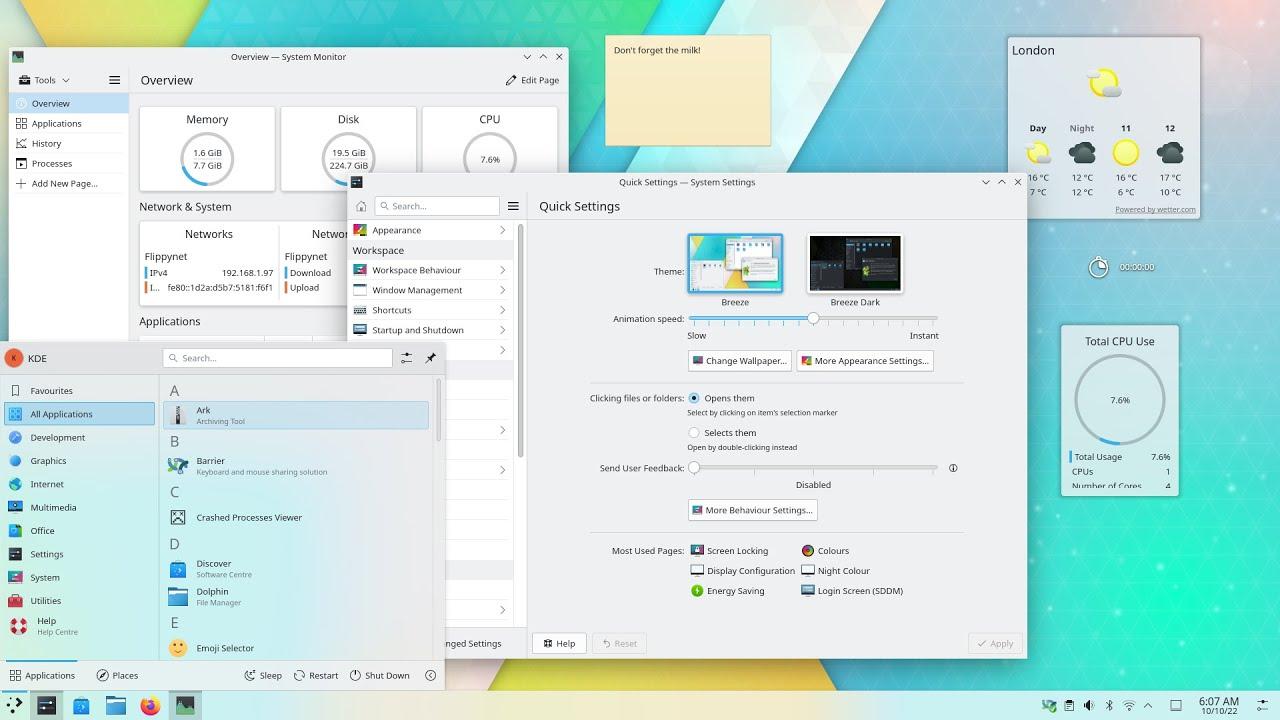
Direct Link
The 5.26 release also brings in officially the Plasma Big Screen mode, designed for use as the name suggests, on a big screen like a TV giving you a much better interface to use.
This also comes with it's own media player just for it called Plank Player. It even supports navigation with a remote, perfect for use on the sofa.
Lots of focus on spit and polish with this release too. Their support of Wayland continues to improve, wallpapers change between light and dark themes to match, an option for changing the screen colouring for both night and day, a lot of bugs are also being fixed up as part of their "15-minute bugs" project so expect a more stable experience.
The list of improvements goes a very long way down and it seems the Discover software store saw a rather large amount of fixes and improvements like multiple Flatpak updates, and actually inhibiting suspend while doing updates so you're not left with a broken system — quite an important one that. There's even a share button to properly direct people to apps inside Discover, nice! The numerous Flatpak upgrades will be very welcome for Steam Deck users, whenever Valve decides to upgrade it in SteamOS.
Also, in case you missed it, KDE devs talk Steam Deck and their work for it at Akademy 2022.
OpenSUSE Tumbleweed will most likely package this up, which means I will have to upgrade
Just kidding, I'm happy about it! Thanks again KDE!
Sadly Fedora 37 already entered the final freeze, so I'm not sure if it'll get it or not at this point, might have to wait until 38. We'll see.
Might bring me finally to Wayland.
Last edited by Lamdarer on 11 Oct 2022 at 4:32 pm UTC
With the Big Screen feature, the Deck could easily replace any Android TV set box... now if only Netflix et al. could be bothered to package their apps for linux... :D
They won't because they can't deliver high resolution video on linux, anyway. Their license agreements with publishers demand them to check for full encryption pipelines, even though everyone knows the last chain, hdcp, can be broken by most cheap hdmi splitters from bargain bins. It's really stupid, but that's how things are. There's no way for them to talk all big publishers into delivering the content without these checks and Linux will not get official support for high-resolution streaming for years, if ever.
I guess the only way around that would be having GPUs that can receive, decode and display the stream in firmware without any further OS controlled IO.
Last edited by const on 11 Oct 2022 at 3:54 pm UTC
With the Big Screen feature, the Deck could easily replace any Android TV set box... now if only Netflix et al. could be bothered to package their apps for linux... :D
They won't because they can't deliver high resolution video on linux, anyway. Their license agreements with publishers demand them to check for full encryption pipelines, even though everyone knows the last chain, hdcp, can be broken by most cheap hdmi splitters from bargain bins. It's really stupid, but that's how things are. There's no way for them to talk all big publishers into delivering the content without these checks and Linux will not get official support for high-resolution streaming for years, if ever.
I guess the only way around that would be having GPUs that can receive, decode and display the stream in firmware without any further OS controlled IO.
How is it that Android-based players, such as the Amazon FireTV boxes, which are based on Linux (the kernel), can play 4K streams from Netflix and Prime? I've never understood what's missing from the core Linux desktop experience to make this such a problem.
DRM.With the Big Screen feature, the Deck could easily replace any Android TV set box... now if only Netflix et al. could be bothered to package their apps for linux... :D
They won't because they can't deliver high resolution video on linux, anyway. Their license agreements with publishers demand them to check for full encryption pipelines, even though everyone knows the last chain, hdcp, can be broken by most cheap hdmi splitters from bargain bins. It's really stupid, but that's how things are. There's no way for them to talk all big publishers into delivering the content without these checks and Linux will not get official support for high-resolution streaming for years, if ever.
I guess the only way around that would be having GPUs that can receive, decode and display the stream in firmware without any further OS controlled IO.
How is it that Android-based players, such as the Amazon FireTV boxes, which are based on Linux (the kernel), can play 4K streams from Netflix and Prime? I've never understood what's missing from the core Linux desktop experience to make this such a problem.
Putting it simply, those devices and such are modified to enable more DRM with proprietary blobs and such, which regular Linux boxes simply don't have (and shouldn't)
In addition, they're typically more locked down, preventing you from doing things outside of their confined rules, which big companies that support DRM love (more limits on you, the better in their eyes).
Put bluntly: We don't support DRM.
How is it that Android-based players, such as the Amazon FireTV boxes, which are based on Linux (the kernel), can play 4K streams from Netflix and Prime?Widevine (the DRM) supports highest level protection in Android, but only if the device meets certain requirements. On Linux we only have lovest level which is software only. Just like Linux, a lot of Android devices are limited to low resolutions because they don't have necessary hardware.
Last edited by mr-victory on 11 Oct 2022 at 6:24 pm UTC
On Netflix, you can check the technical specs of a given stream by hitting CTRL-ALT-SHIFT-D, which confirms 720p for me.
EDIT: I guess Mr-Victory answered that one. I didn't realise there were "levels" in the WideVine DRM. I didn't even realise that the WideVine firefox plug-in was what was giving me that ability to play at 720p.
Last edited by scaine on 11 Oct 2022 at 6:32 pm UTC
I might take a sabbatical to add some automated quality assurance to KDE software for a few months.
Last edited by itscalledreality on 11 Oct 2022 at 6:55 pm UTC
Sure, I know it's DRM. But I'm curious why I can play Netflix at 720p, but not 1080p or 4K. And DRM is usually optional - like, install this codec/software and now we trust you, you can play. But we don't get that option on the Linux desktop. We get 720p if we're lucky, like Netflix, Prime, Disney+, and nothing if we're not (NowTV). It's weird.
On Netflix, you can check the technical specs of a given stream by hitting CTRL-ALT-SHIFT-D, which confirms 720p for me.
EDIT: I guess Mr-Victory answered that one. I didn't realise there were "levels" in the WideVine DRM. I didn't even realise that the WideVine firefox plug-in was what was giving me that ability to play at 720p.
In the case of Netflix, it is 720p even on Windows with Chrome. The 720p restriction is only because of support and one can easily enable 1080p for Netflix if they want.
https://github.com/truedread/netflix-1080p
As for Android, it doesn't make any sense why it is allowed there since one can just build their own version of Android.
I can see why it would be fine with Roku or similar devices since one cannot modify the kernel in those devices.
You can verify it (as the add-on suggests) by searching Netflix for a program called Test Patterns and see the difference with the add-on enabled or disabled.
Netflix, Prime, etc. will restrict you to 720p if the app or widevine detect root, andbox or anything else funny, even on Android. Don't want to give widevine too much credit, but on paper it probably kind of made sense when it was planned.Sure, I know it's DRM. But I'm curious why I can play Netflix at 720p, but not 1080p or 4K. And DRM is usually optional - like, install this codec/software and now we trust you, you can play. But we don't get that option on the Linux desktop. We get 720p if we're lucky, like Netflix, Prime, Disney+, and nothing if we're not (NowTV). It's weird.
On Netflix, you can check the technical specs of a given stream by hitting CTRL-ALT-SHIFT-D, which confirms 720p for me.
EDIT: I guess Mr-Victory answered that one. I didn't realise there were "levels" in the WideVine DRM. I didn't even realise that the WideVine firefox plug-in was what was giving me that ability to play at 720p.
In the case of Netflix, it is 720p even on Windows with Chrome. The 720p restriction is only because of support and one can easily enable 1080p for Netflix if they want.
https://github.com/truedread/netflix-1080p
As for Android, it doesn't make any sense why it is allowed there since one can just build their own version of Android.
I can see why it would be fine with Roku or similar devices since one cannot modify the kernel in those devices.
Yes, there are browser plugins to force 1080p, but these are still no official support in any way. You can consider them a bug in the implementation.
The real crazy thing is that with whatever devices netflix/prime/disney+/etc. officially supports, like major consoles, set-top boxes, etc. the signal is probably going through hdmi at some point and from there the gates are just open. You can get hardware to record that signal very very cheap with the added benefit of hardware encoding. So even if widevine wouldn't exist, professional pirates would probably stick to their approach...
So, from a technical point of view, it makes no sense we need higher widevine levels for anything, still the services are bound to their contracts and probably some not-so-technical decision makers. And that's why they won't write a general Linux App, even if our numbers exploded.
Last edited by const on 11 Oct 2022 at 9:41 pm UTC
Excellent. 5.25 had some major bugs for older programs. Going to upgrade my KDE Neon install to see if they fixed Konsole config saving issue. Ridiculous that the fix was pushed to a minor version though.
I might take a sabbatical to add some automated quality assurance to KDE software for a few months.
They did not fix the bug and I just tried manually updating the config file. It worked but when I restarted Konsole again to try it deleted my custom profile… Wtf!
Last edited by itscalledreality on 11 Oct 2022 at 11:02 pm UTC
Oh gosh darn
OpenSUSE Tumbleweed will most likely package this up, which means I will have to upgrade
Just kidding, I'm happy about it! Thanks again KDE!
Sadly Fedora 37 already entered the final freeze, so I'm not sure if it'll get it or not at this point, might have to wait until 38. We'll see.
Has that stopped Fedora before? It's always been my experience that they'll at least uses latest kernels. Their release schedule is generally around Gnome (which makes sense as it's the 'default' desktop). If KDE and Gnome had the same release schedules, it'd be nice for the users. Probably less so for distributions, but nice for the users.
The 5.26 release also brings in officially the Plasma Big Screen mode, designed for use as the name suggests, on a big screen like a TV giving you a much better interface to use.Hopefully it scales much better than Windows 11! Got a laptop off of eBay, booted it up and I honestly thought I'd made a mistake and that the laptop's resolution was really low... turns out Windows 11 just scaled it up like it was meant for a blind 80 year old. Put MX Linux on it with KDE, and it looks perfect now!
And that's why they won't write a general Linux App, even if our numbers exploded.Ehhhh, if there was enough money at stake, they'd find a way. Arrangements would be made.
Yet how is money supposed to be at stake? Even most of us here don't really care. Nearly everyone has a supported device to fall back to. Heck, most TVs and projectors come with these apps these days.And that's why they won't write a general Linux App, even if our numbers exploded.Ehhhh, if there was enough money at stake, they'd find a way. Arrangements would be made.
We might be frustrated about it, but that hardly stops anyone from using the services.
Last edited by const on 12 Oct 2022 at 10:00 am UTC
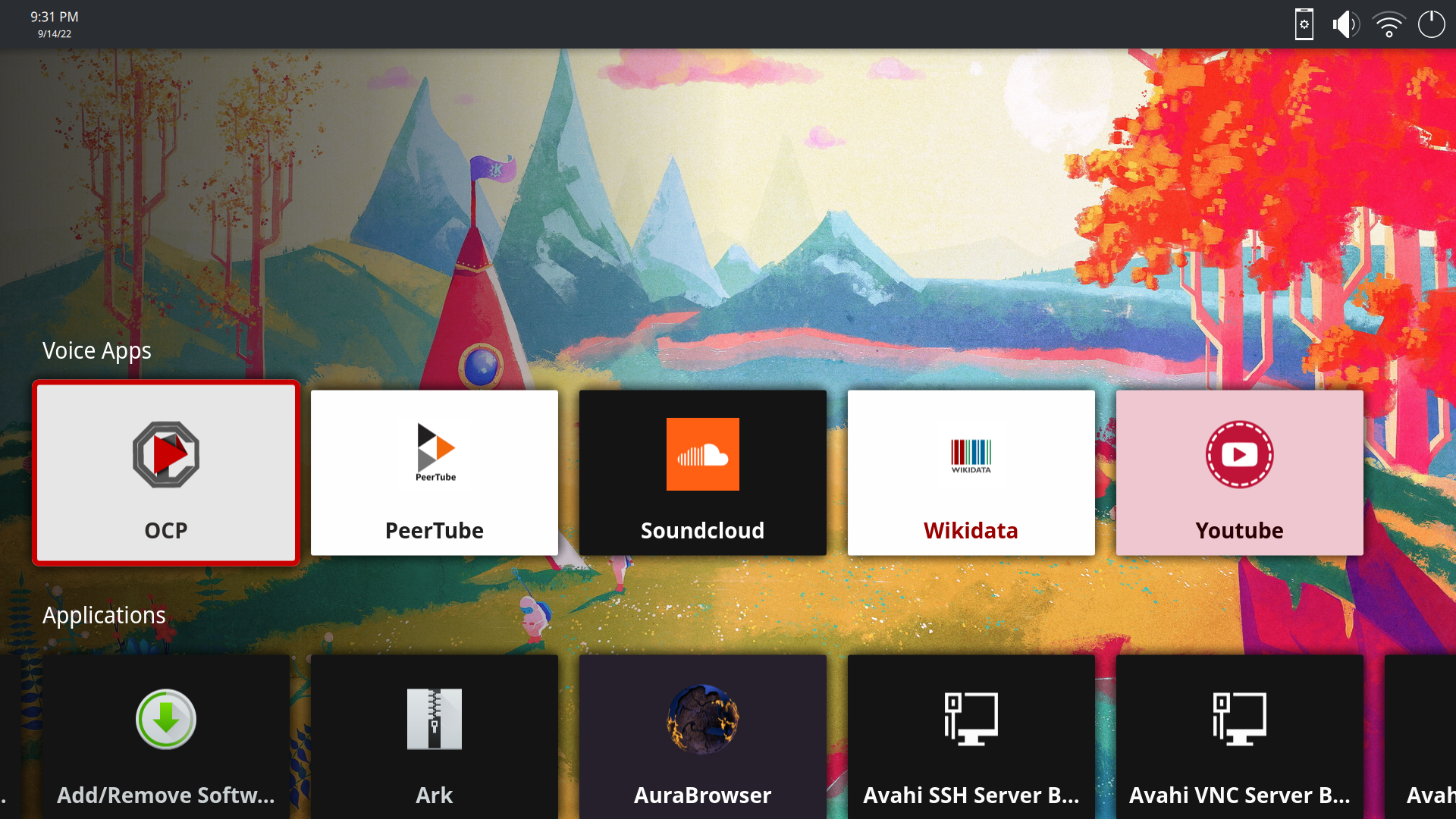
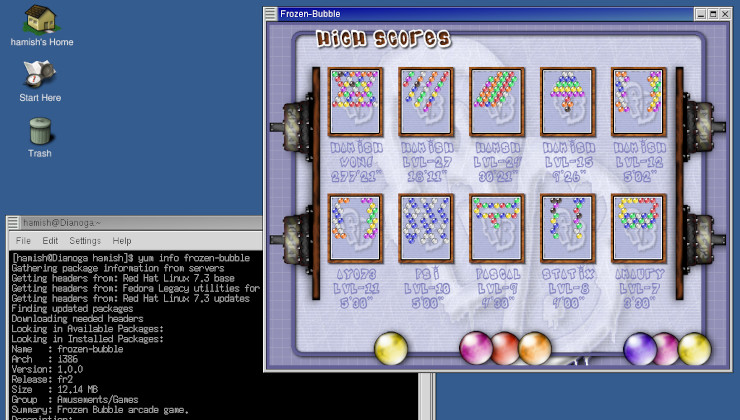
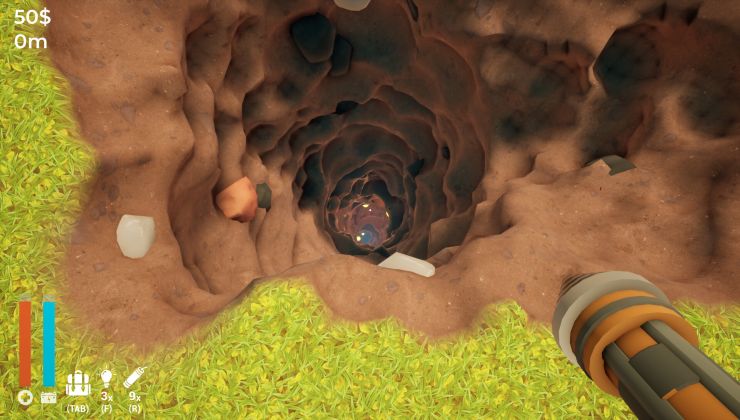
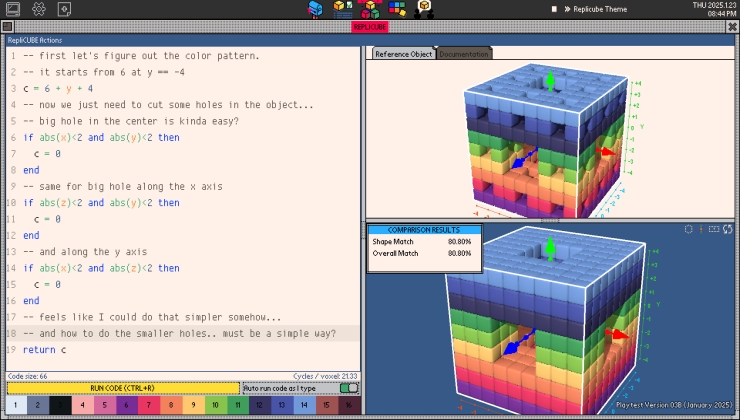







 How to set, change and reset your SteamOS / Steam Deck desktop sudo password
How to set, change and reset your SteamOS / Steam Deck desktop sudo password How to set up Decky Loader on Steam Deck / SteamOS for easy plugins
How to set up Decky Loader on Steam Deck / SteamOS for easy plugins
See more from me